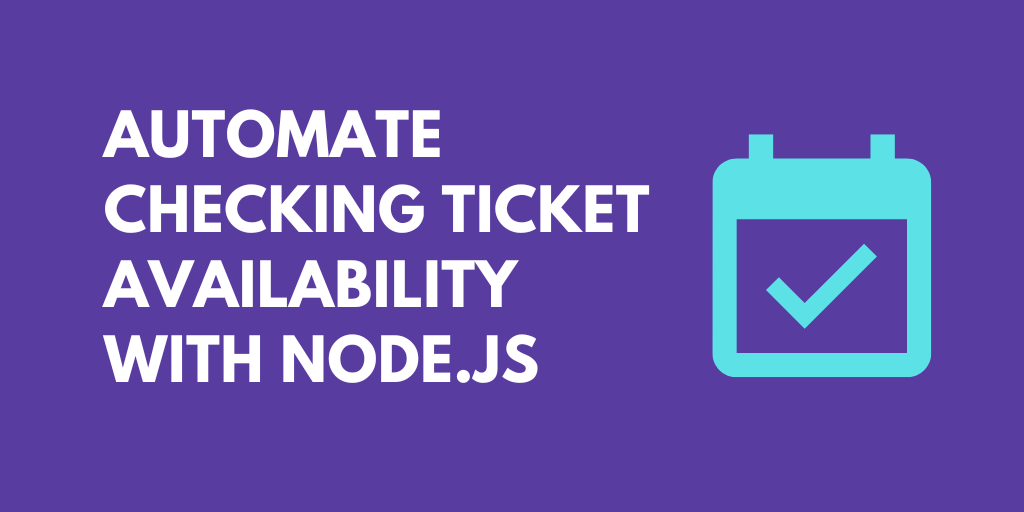What do you want to automate
with Node and ServiceNow?
Prompt, edit and deploy AI agents that connect to Node, ServiceNow and 3,000+ other apps in seconds.
Trusted by 1,000,000+ developers from startups to Fortune 500 companies
Popular Node and ServiceNow Actions#
Write custom Node.js code and use any of the 400k+ npm packages available. Refer to the Pipedream Node docs to learn more.
Creates a new incident record in ServiceNow. See the docs here
Retrieves the record identified by the specified sys_id from the specified table.
Overview of Node#
Develop, run and deploy your Node.js code in Pipedream workflows, using it between no-code steps, with connected accounts, or integrate Data Stores and File Stores
This includes installing NPM packages, within your code without having to manage a package.json file or running npm install.
Below is an example of installing the axios package in a Pipedream Node.js code step. Pipedream imports the axios package, performs the API request, and shares the response with subsequent workflow steps:
Connect Node#
// To use previous step data, pass the `steps` object to the run() function
export default defineComponent({
async run({ steps, $ }) {
// Return data to use it in future steps
return steps.trigger.event
},
})Overview of ServiceNow#
The ServiceNow API lets developers access and manipulate records, manage workflows, and integrate with other services on its IT service management platform. These capabilities support automating tasks, syncing data across platforms, and boosting operational efficiencies.
Connect ServiceNow#
import { axios } from "@pipedream/platform"
export default defineComponent({
props: {
servicenow: {
type: "app",
app: "servicenow",
}
},
async run({steps, $}) {
return await axios($, {
url: `https://${this.servicenow.$auth.instance_name}.service-now.com/api/now/table/incident`,
headers: {
Authorization: `Bearer ${this.servicenow.$auth.oauth_access_token}`,
},
})
},
})
Community Posts#
